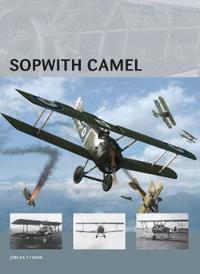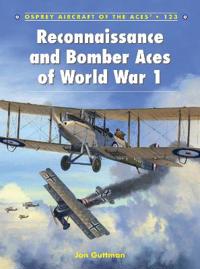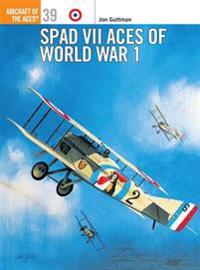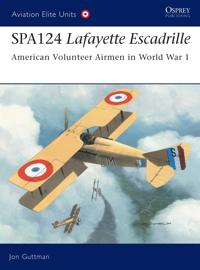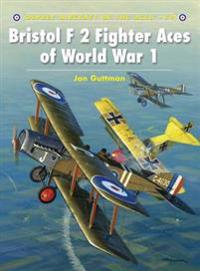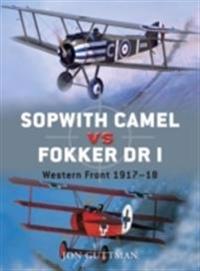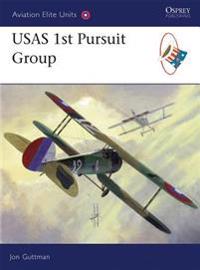Naval Aces of World War 1 (Pocket)
avGuttman, Jon
ISBN: 9781849083454 - UTGIVEN: 2011-07-20Though understandably overshadowed by their army colleagues, naval aviators played a significant role in World War 1, including some noteworthy contributions of fighter aviation. At a time when the Royal Flying Corps was struggling to match the 'Fokker Scourge' of 1915-16, the Royal Naval Air Servic[...]
Sopwith Camel (Pocket)
avJon Guttman, Harry Dempsey, Simon Smith
ISBN: 9781780961767 - UTGIVEN: 201210An icon of World War I aerial combat, the Sopwith Camel was a superb dogfighter in the hands of a pilot who could master its vicious idiosyncrasies. The first British fighter to be armed with twin machine guns, the Camel packed a considerable punch and was highly successful, notching up a considerab[...]
Reconnaissance and Bomber Aces of World War 1 (Pocket)
avJon Guttman
ISBN: 9781782008019 - UTGIVEN: 2015-01Often overshadowed by the fighters that either protected or threatened them, two-seater reconnaissance aircraft performed the oldest and most strategically vital aerial task of World War 1 - a task that required them to return with the intelligence they gathered at all costs. Bomber sorties were equ[...]
SPAD VII Aces of World War I (Häftad)
avJon Guttman
ISBN: 9781841762227 - UTGIVEN: 200108Built by the 'Societe Anonyme Pour I' Aviation et ses Derives', (SPAD), the SPAD VII was the first successful fighting scout design to emerge from the company that had traded as Duperdussin pre-war. Flown 'from the off' by aces Paul Sauvage and Georges Guynemer, the scouts made an immediate impressi[...]
Spa. 124 Lafayette Escadrille (Häftad)
avJon Guttman
ISBN: 9781841767529 - UTGIVEN: 2004-07This book tells the story of one of World War I's most famous squadrons, Spa. 124 - the only French squadron made up entirely of American volunteers (save for the commander and executive officer.) Organised in April 1916, the group was successively dubbed the Escadrille Americaine, Escadrille des Vo[...]
Bristol F2 Fighter Aces of World War I (Pocket)
avJon Guttman, Harry (ILT) Dempsey, Tony (EDT) Holmes
ISBN: 9781846032011 - UTGIVEN: 2007-09This is the history of the best Allied 'fighter-destroyer' of World War I and the pilots who flew it. Nicknamed 'Biff' by the pilots, the Bristol F2 Fighter enjoyed extraordinary over the Western Front in the final 18 months of the war. However it had an inauspicious debut. Indeed, an entire flight [...]
Sopwith Camel Vs Fokker Dr I (Pocket)
avJon Guttman, Harry (ILT) Dempsey, Jim (ILT) Laurier
ISBN: 9781846032936 - UTGIVEN: 2008-03Amid the continuous struggle for aerial superiority during World War 1, two aircraft types were at the forefront. Both rotary-engined fighters, the Sopwith Camel and the Fokker Dr I triplane were relatively slow for their time, but were regarded as the most maneuverable machines produced during the [...]
USAS 1st Pursuit Group (Pocket)
avJon Guttman
ISBN: 9781846033094 - UTGIVEN: 2008-06Starting operations in the relatively quiet Toul sector in March 1918, the 94th and 95th Aero Squadrons of the 1st Pursuit Group initially flew Nieuport 28s, a type available to the Americans because the French didn't want them. They soon showed their aggressiveness, with Douglas Campbell becoming t[...]


